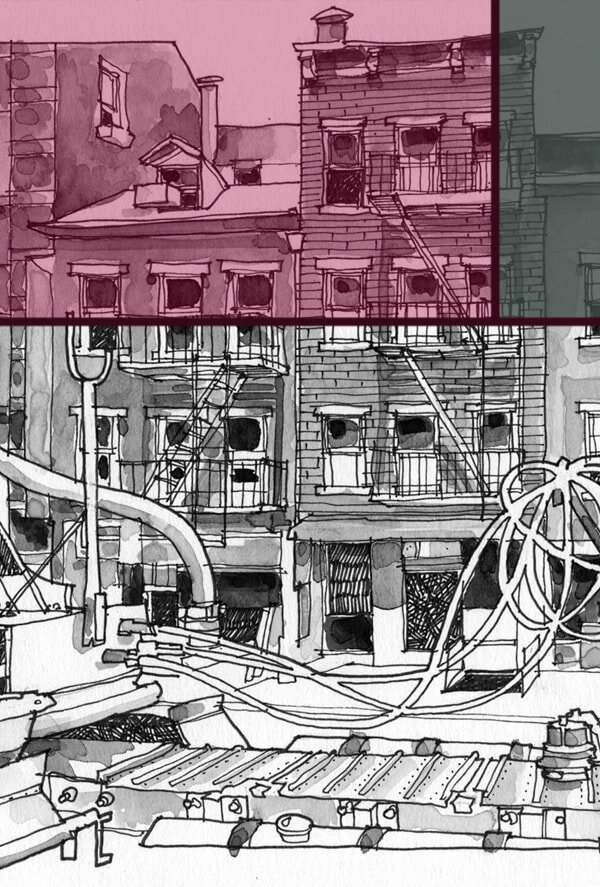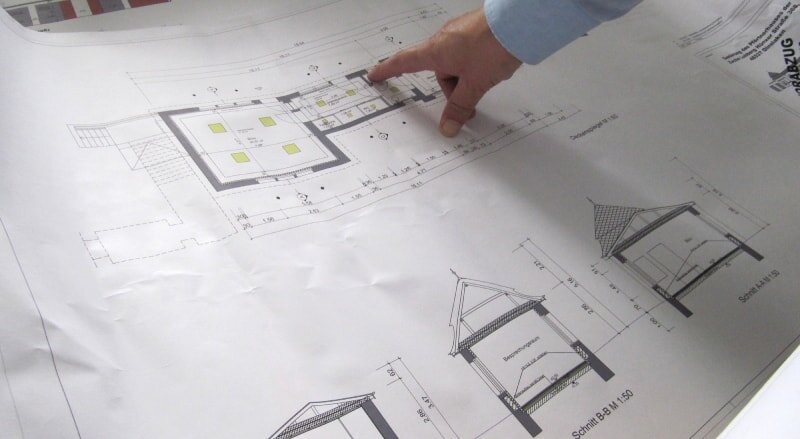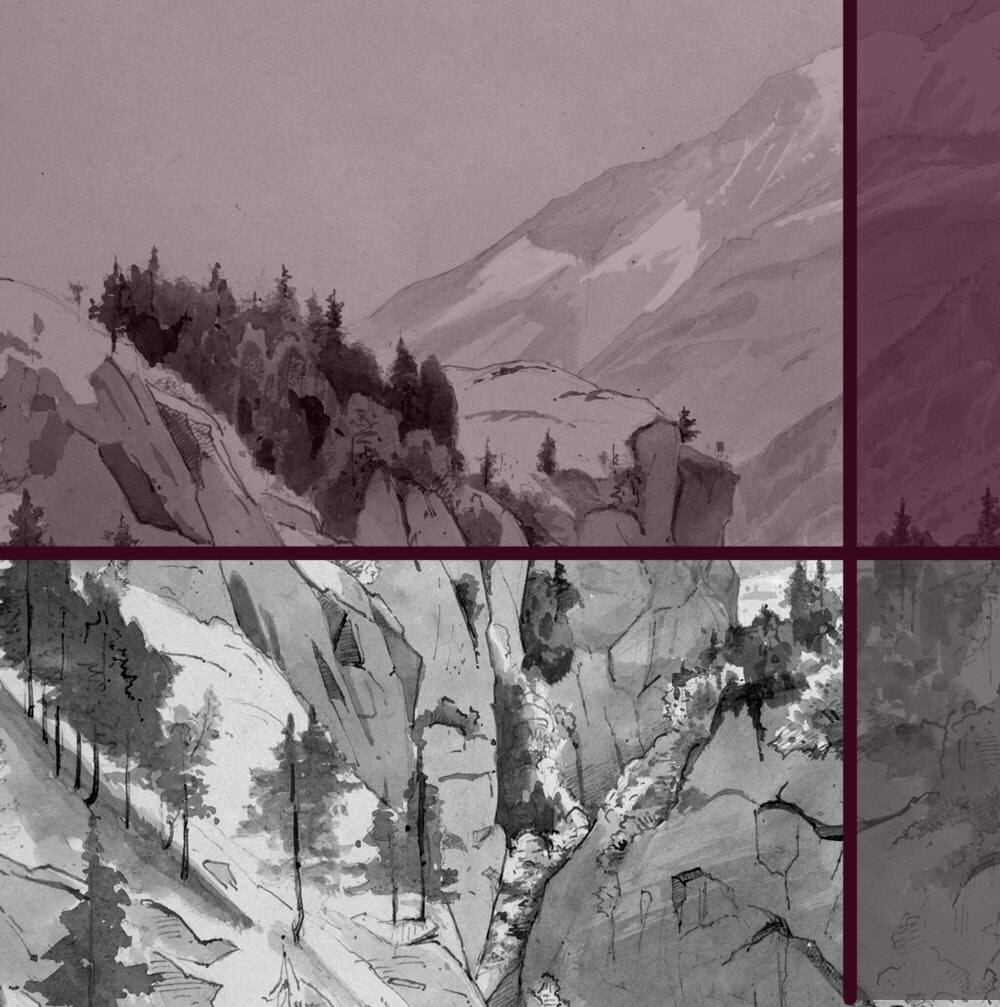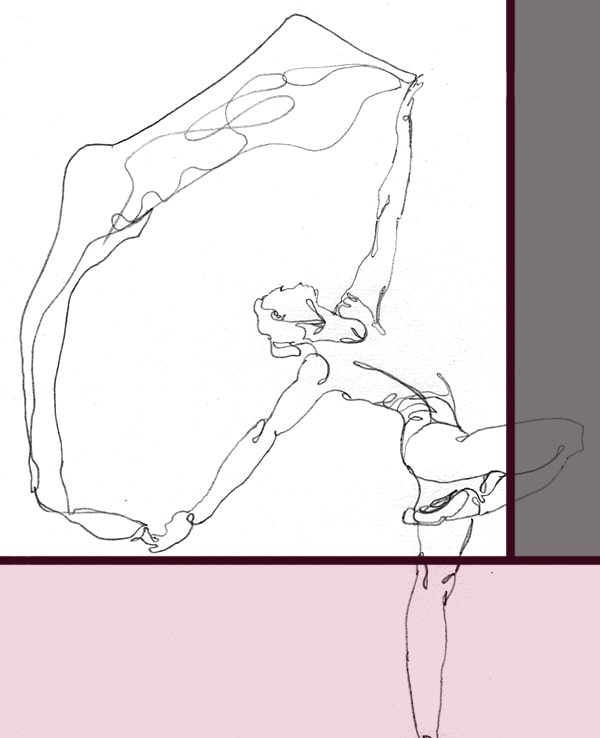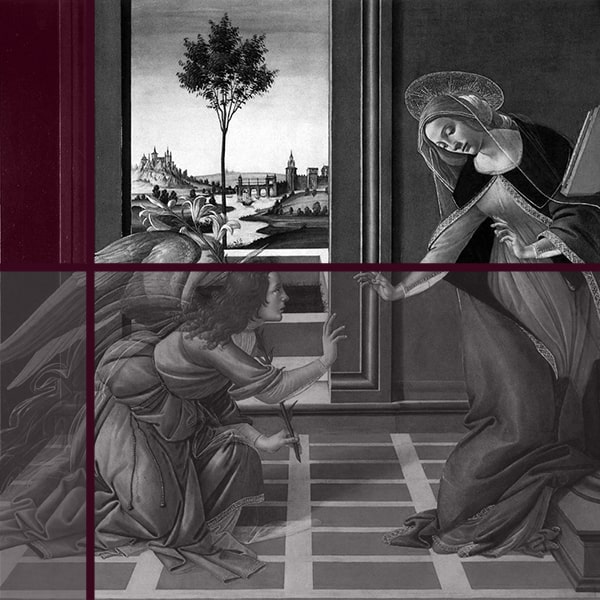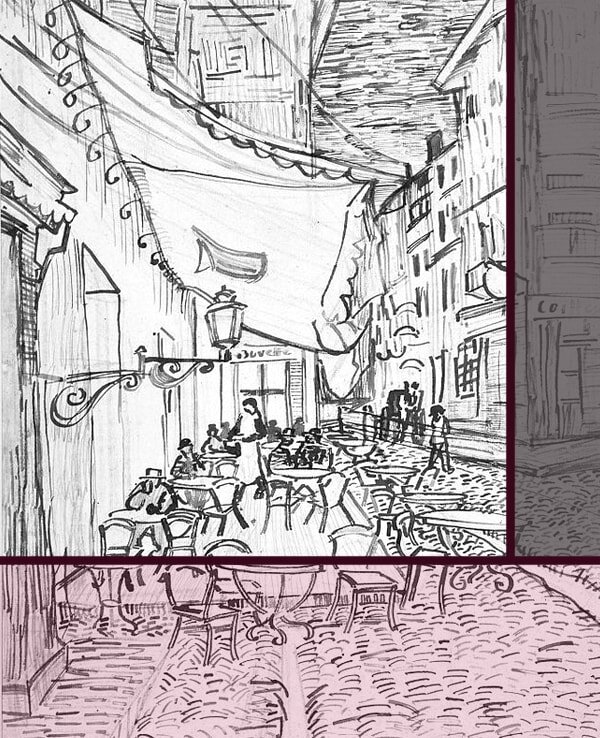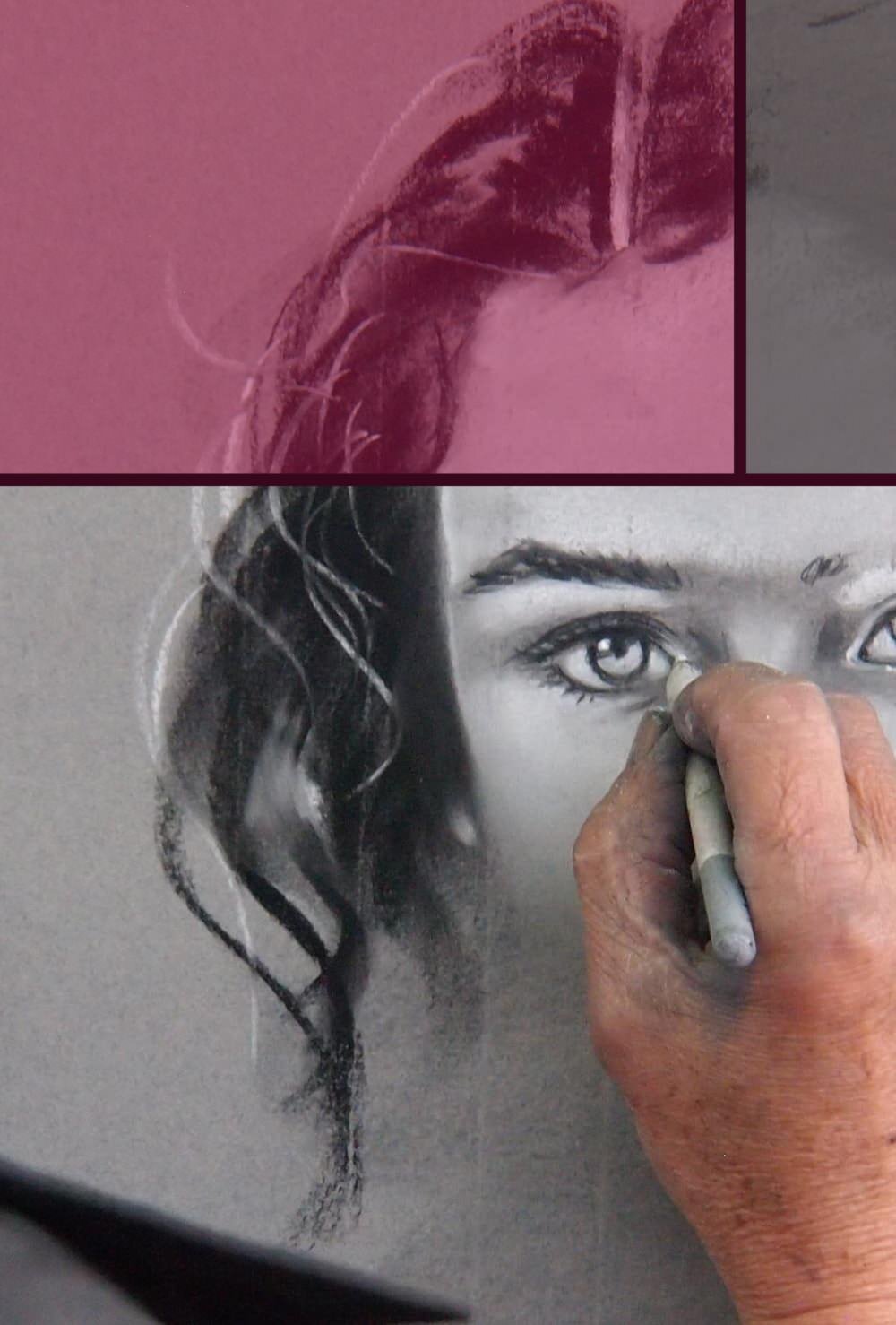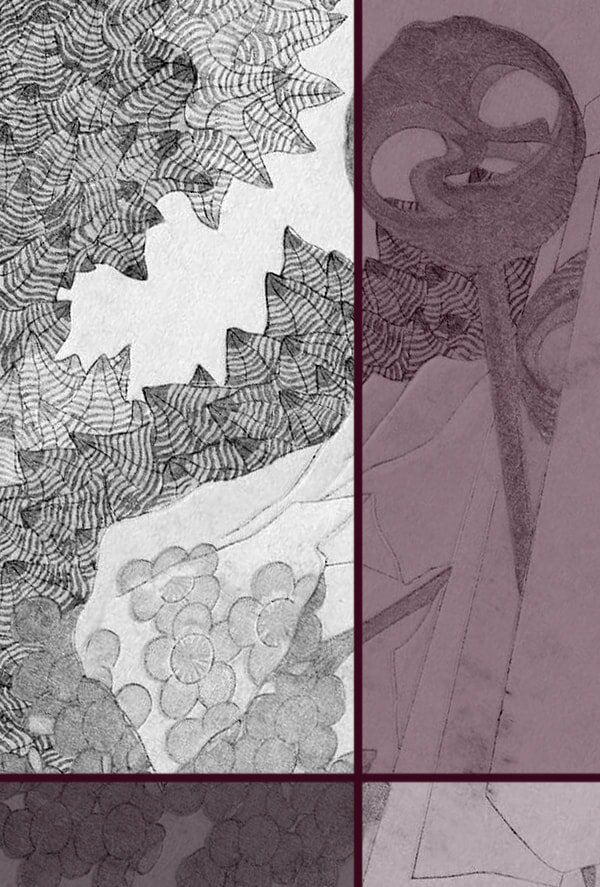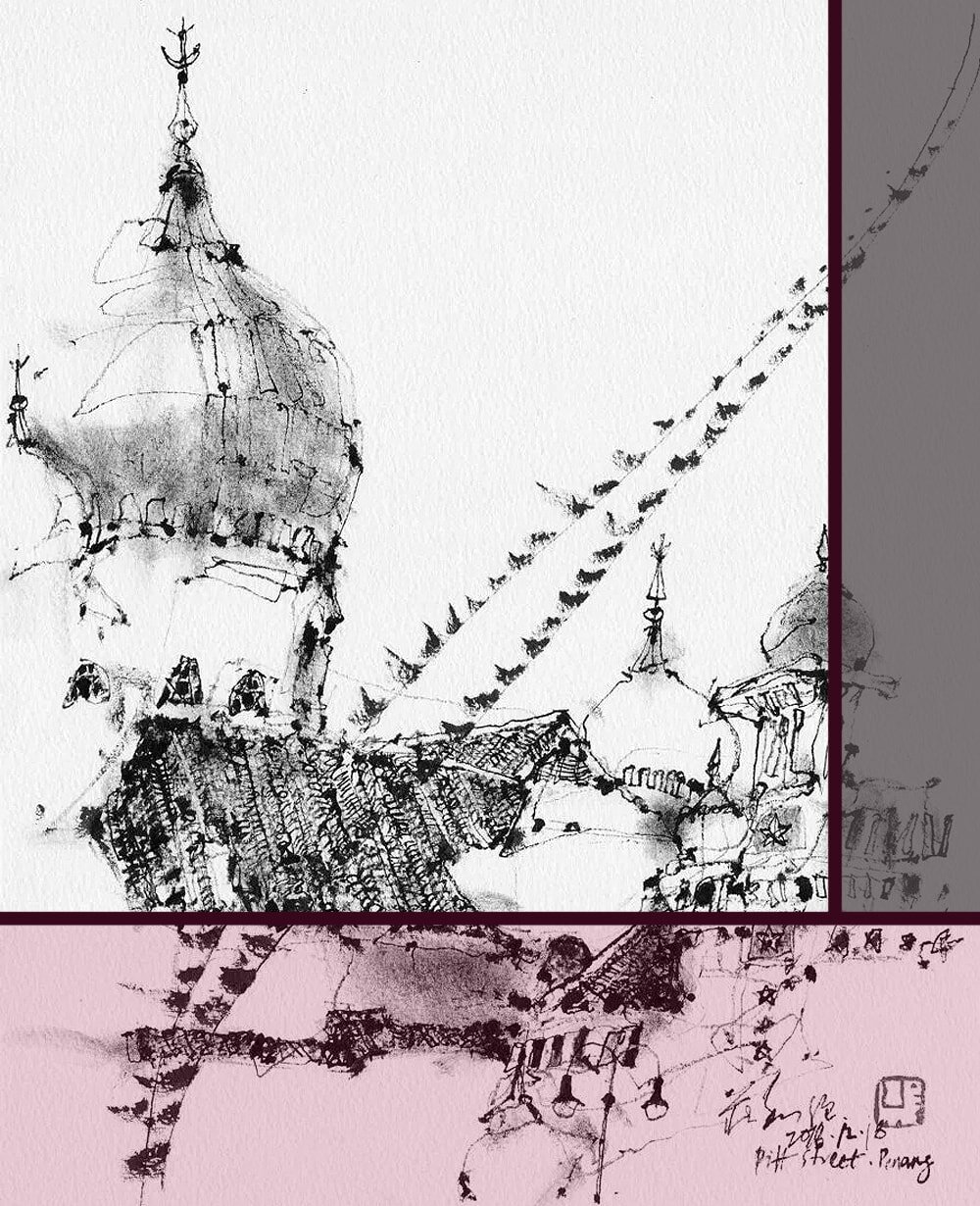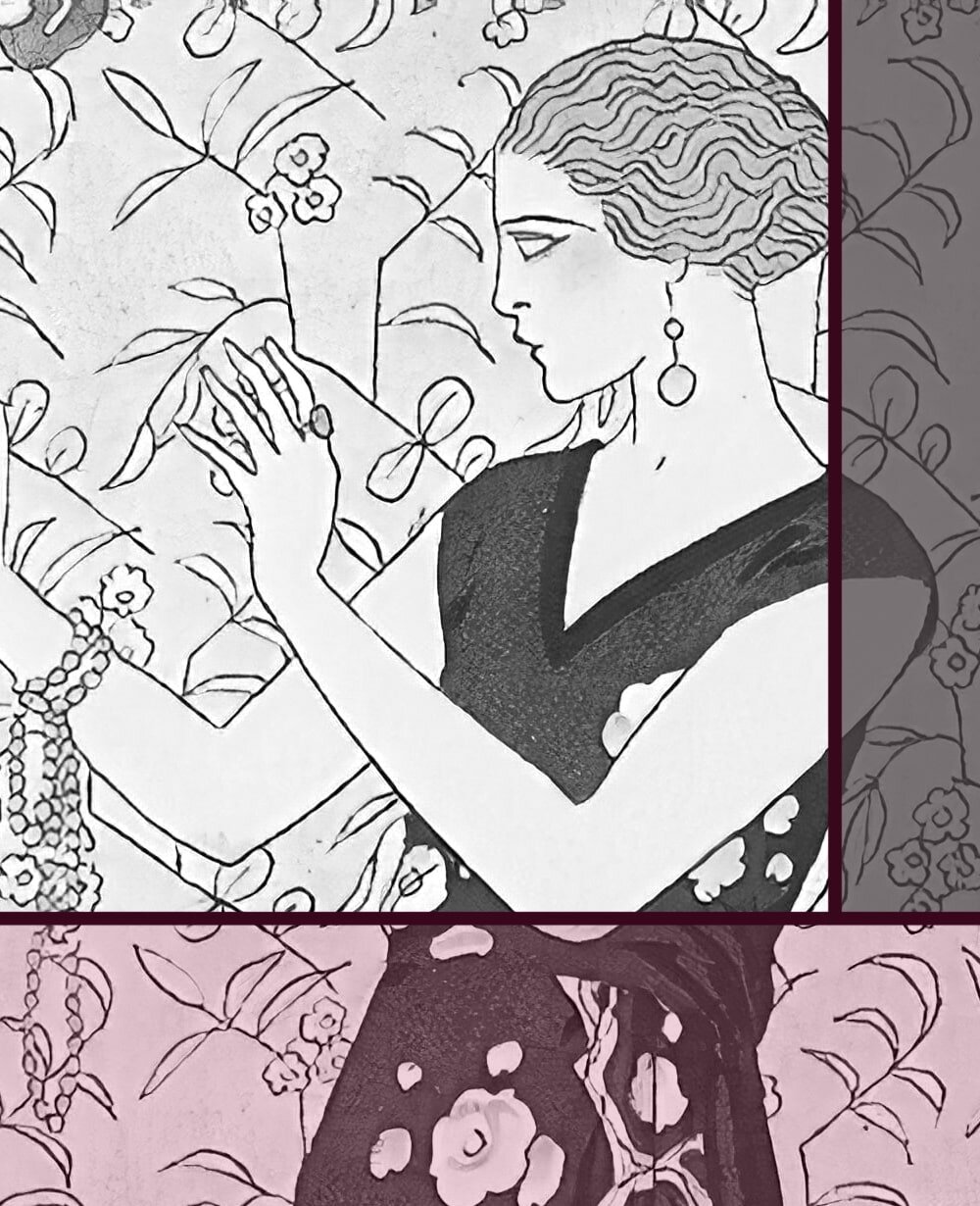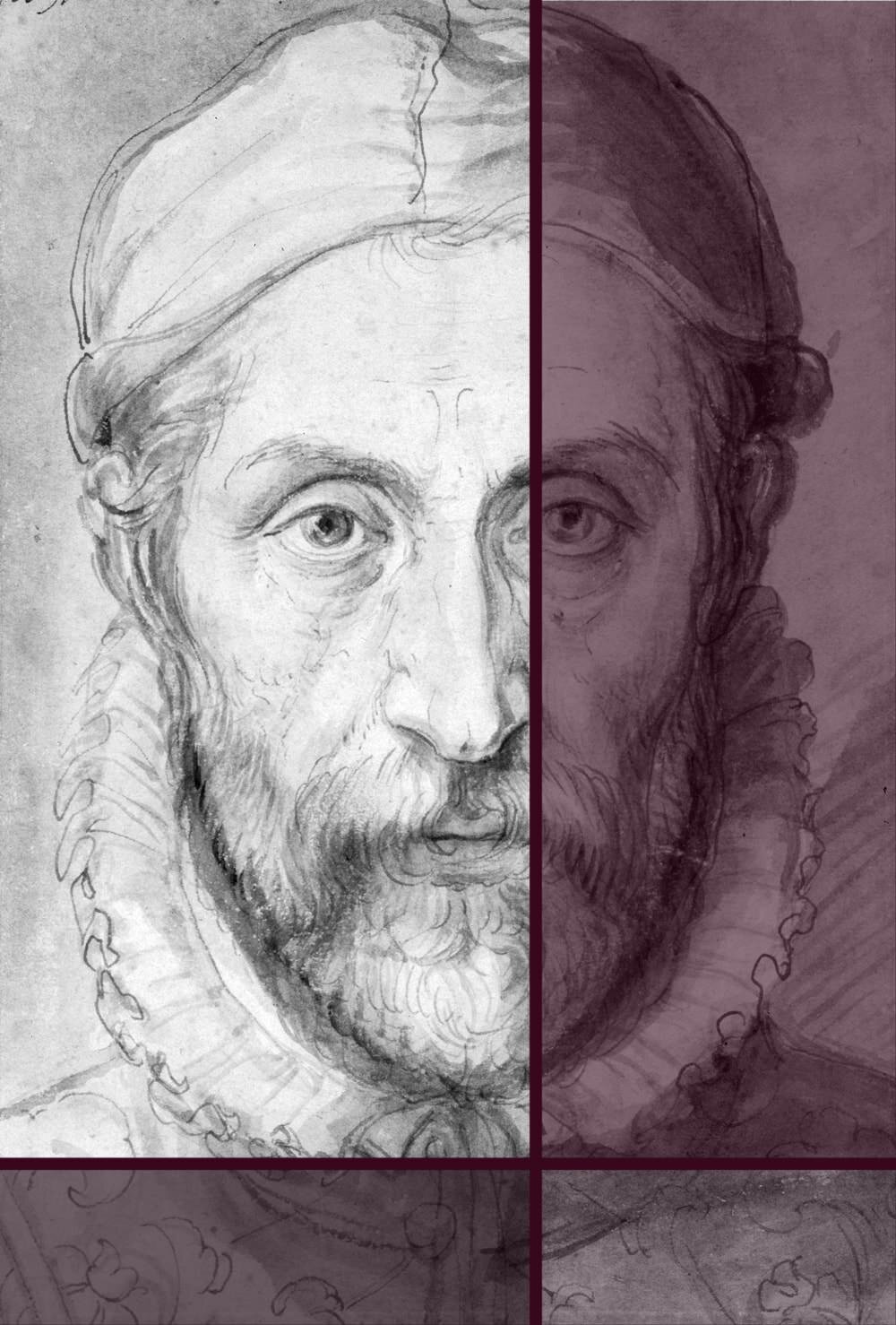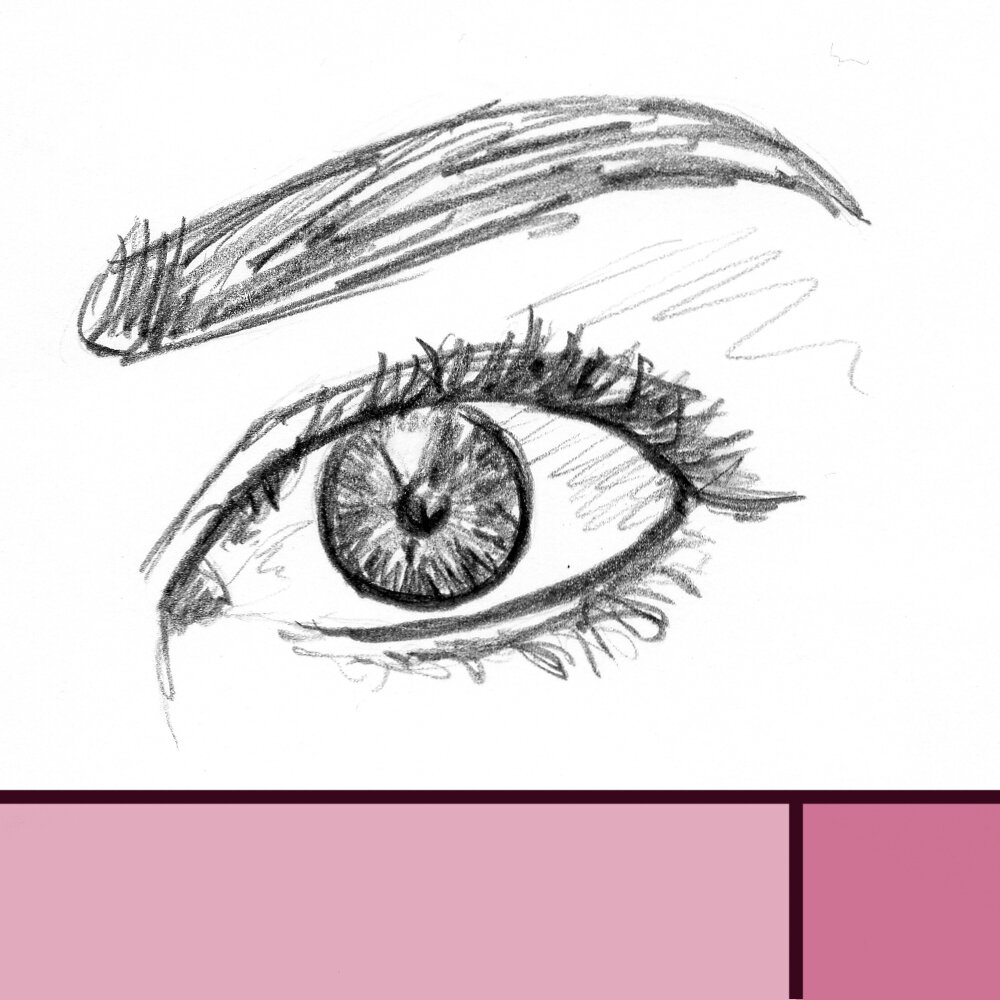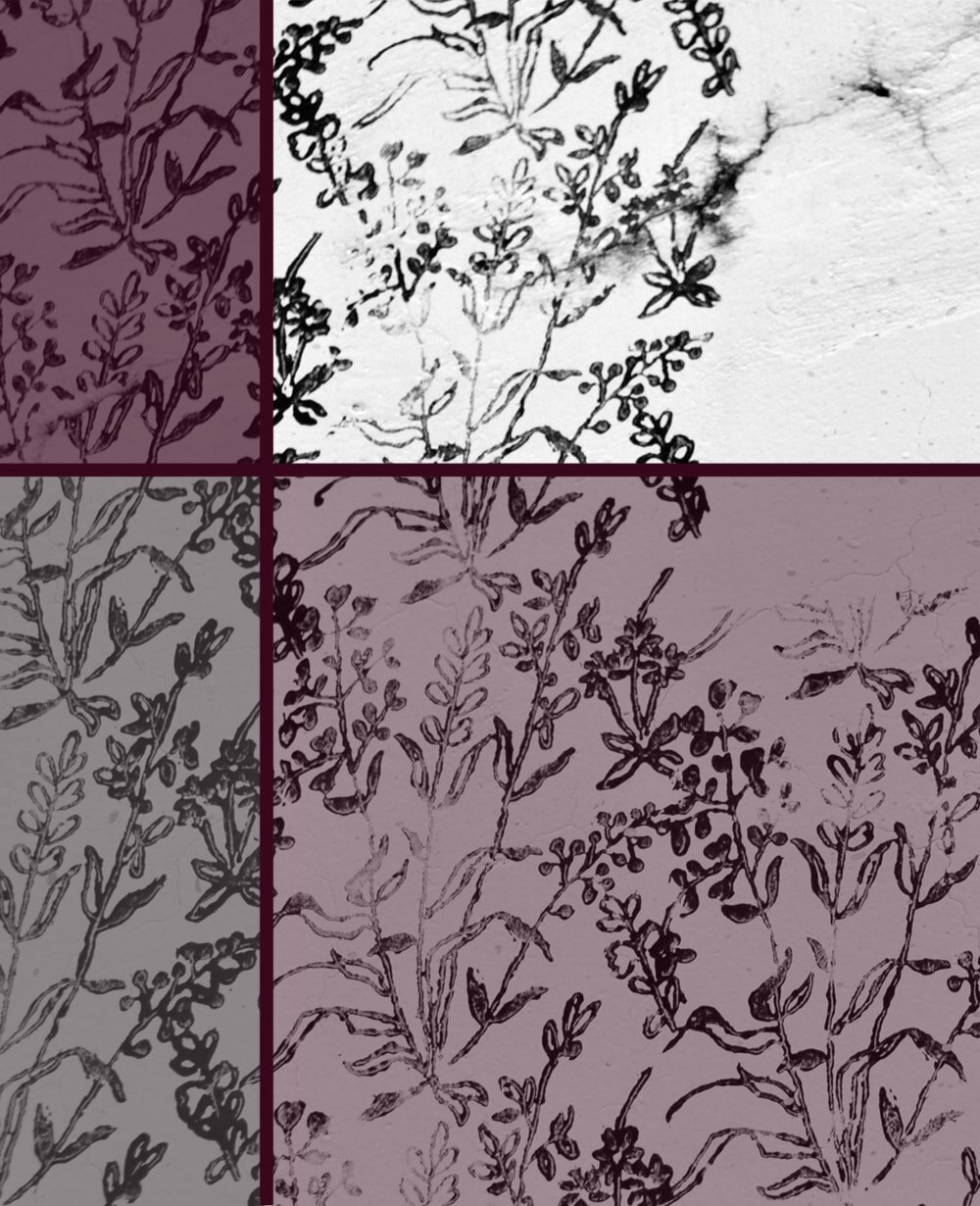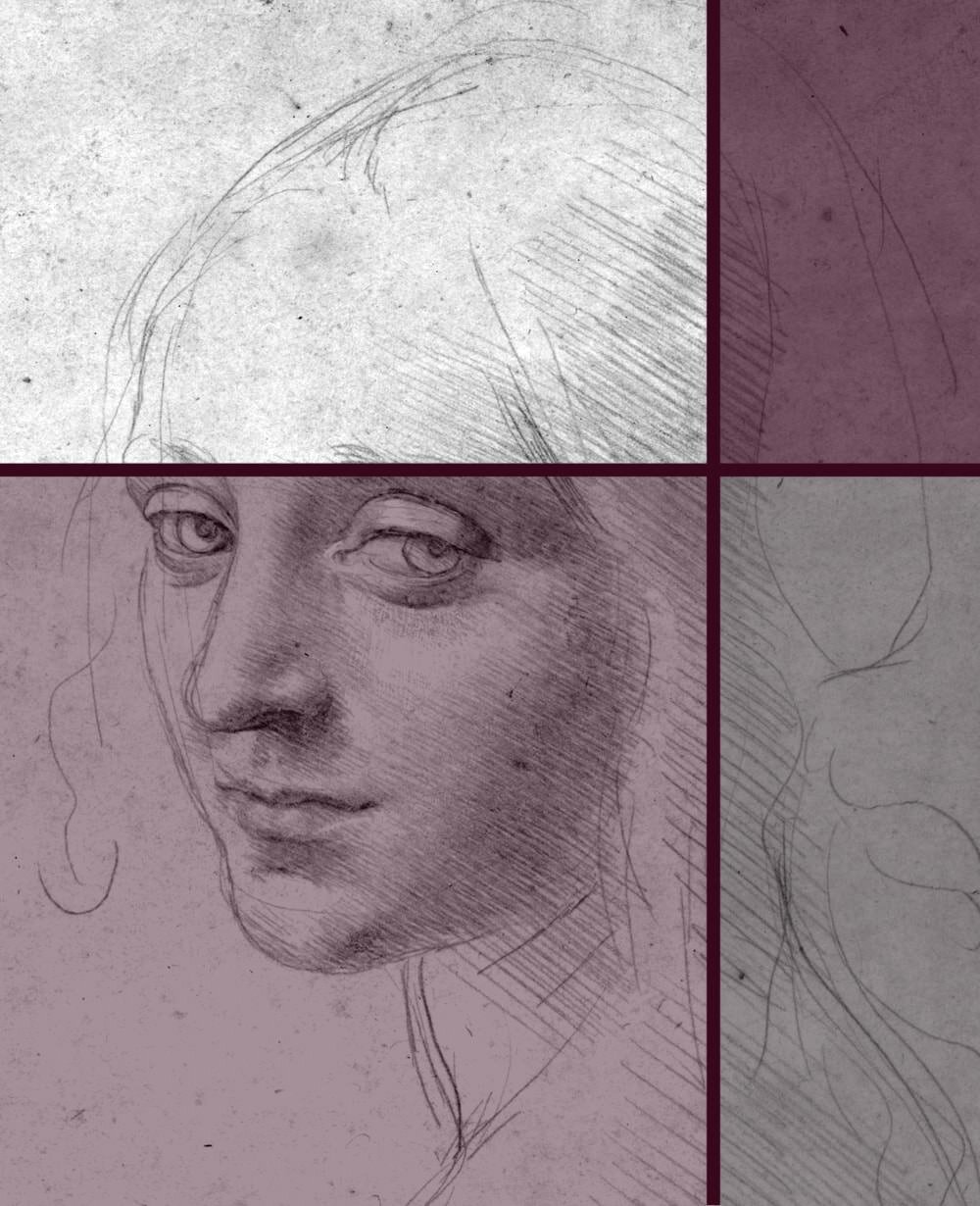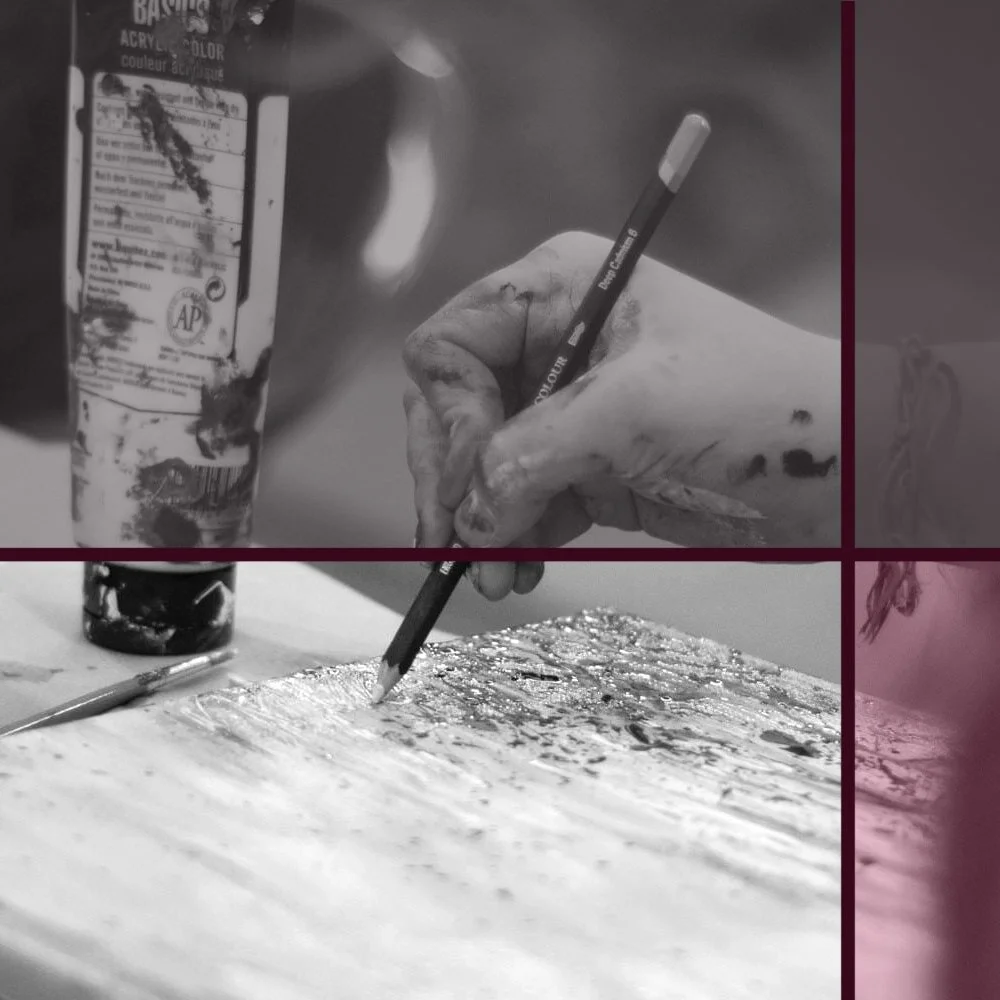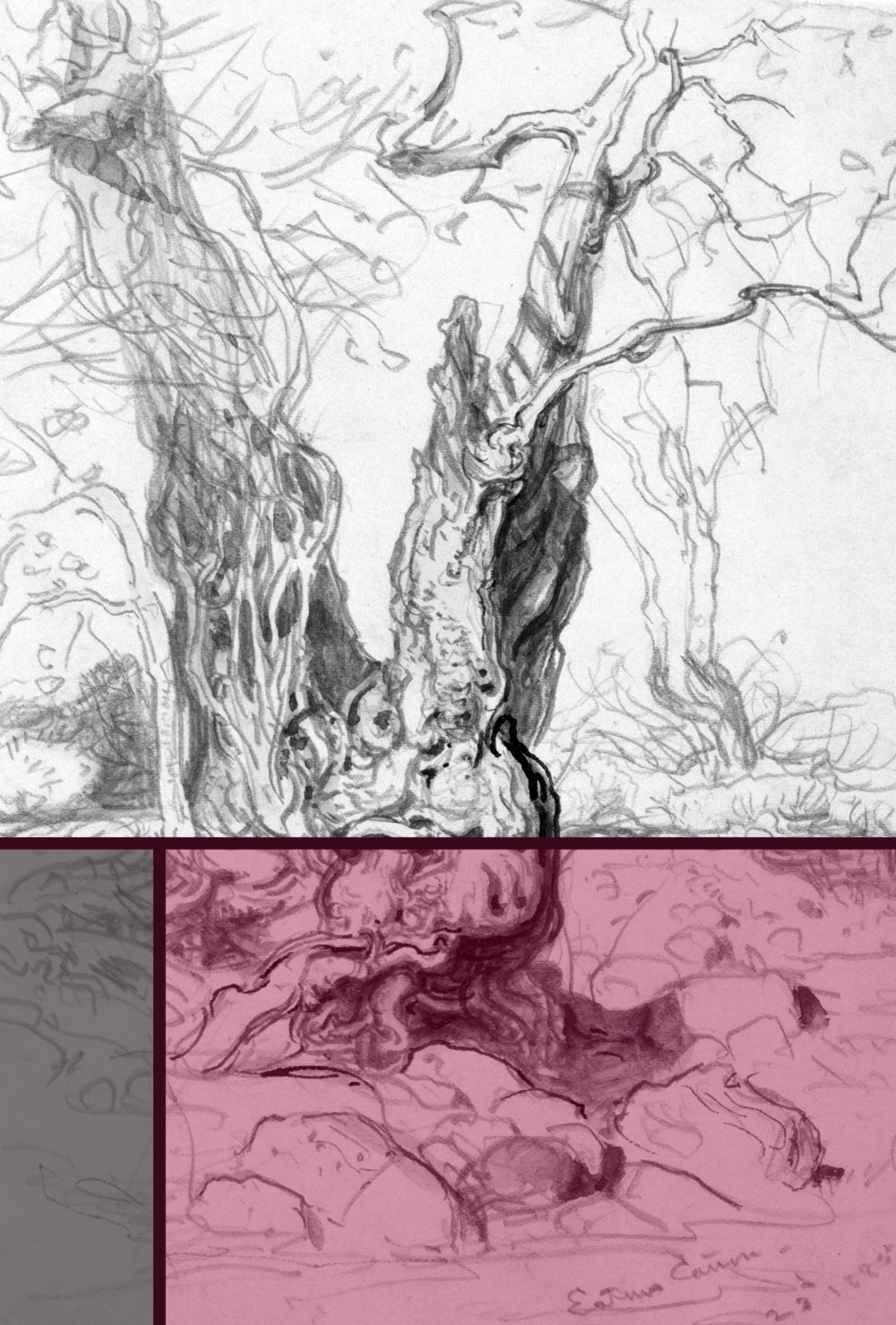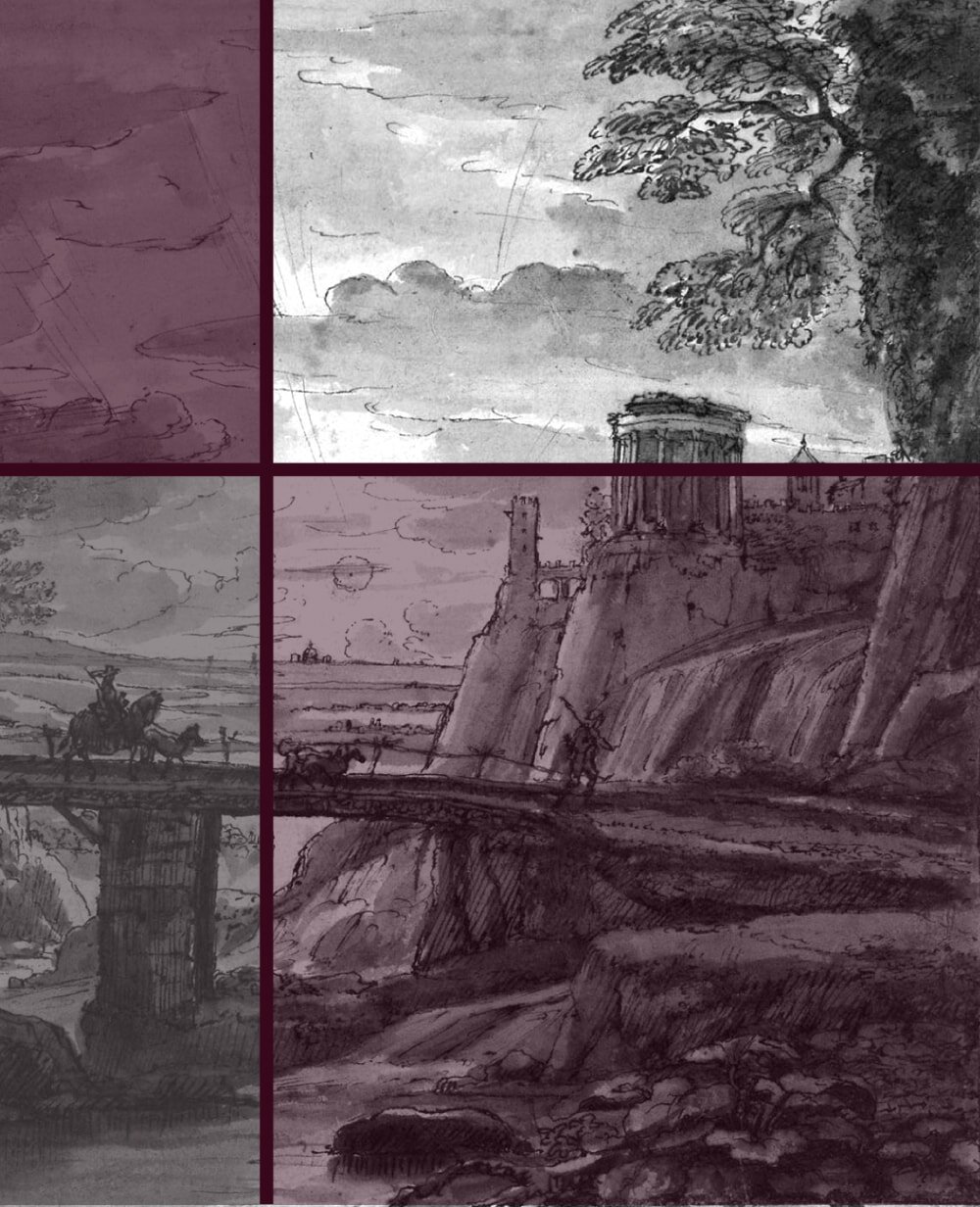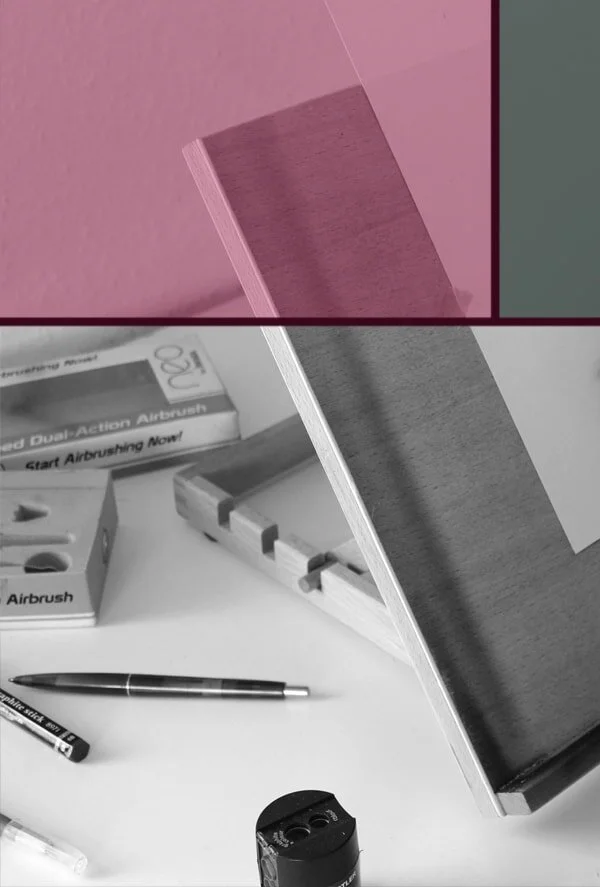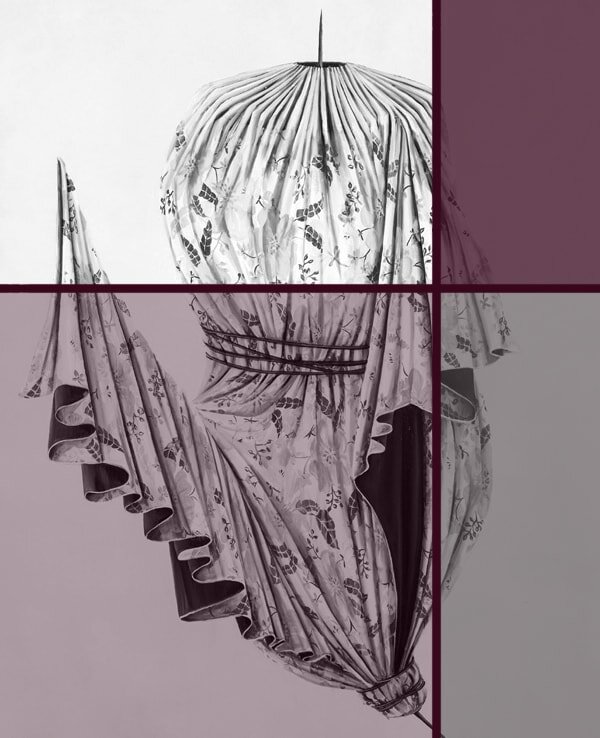Why Sketching Architecture is so Helpful for Beginners
Drawing architecture, closely related to urban sketching, is a very popular topic currently, because of how beneficial it is for learning perspective and other skills.
What is architecture drawing?
Drawing architecture has two sides to it that aren’t quite the same. When you search for the topic on the Internet, often what you’ll find is technical sketches made by architects, designed to advertise or plan a building project.
Technically this is an architectural drawing, but of course not the kind we are interested in here.
Of course that’s not what architecture sketching about. We don’t need to be able to build what we draw, nothing needs to be geometrically correct and we most certainly do not need to be entirely accurate. On the contrary.
Our kind of sketching is all about artistic freedom. Mistakes are fine, imperfections are desirable.
Sometimes we even purposely introduce imperfections to make a piece look more interesting. Just look at the intentionally squiggly lines of many urban sketchers these days.
Many architecture sketches are purposely imperfect, which makes them more interesting.
And you definitely don’t need to study for many years at a university for the kind architecture drawing we’re concerning ourselves with.
For our intents and purposes sketching architecture means doing rough drawings of buildings, parts of buildings or entire streets. Usually this is done at least partly on location (or en plein air, if one wants to sound fancy), rather than at home from a photograph.
Urban sketching
This is one of the most popular artistic pastimes currently and there are a great many books, courses and groups dedicated to it. Of course technically it isn’t the same as sketching architecture.
Urban sketching often includes architecture, but it can have other things as a focal point.
Urban sketching, by definition, means sketching in the city. This often includes buildings or streets, but not always, nor do they have to be the main focus of the work.
It can be people, objects, interiors, exteriors, anything you like, really. I have written a separate article about urban sketching and why it’s so fun and beneficial.
Here’s a fab book about it that I own myself and I have written about in my post 10 amazing Books every Artist should Read this year.
Why is architecture drawing so beneficial?
Drawing architecture is all about perspective, perspective, perspective. And as we all know that's one of the hardest things to learn in the arts. There’s one-point, two-point, multi-point, atmospheric perspective, overlapping, whathaveyou.
Yes, of course you can learn that skill drawing other subjects, such as still life. But it’s houses and streets, are practically made to help you understand the subject.
It’s the more familiar, real life setting that does the trick. No artificially arranging of boxes into theoretical positions needed.
Do pop by my post about one-point perspective to learn about some perspective basics and top it up with some fun perspective exercises, easy enough for beginners to do.
Most of us see houses every day, from various different angles, so our brain has an easier time understanding perspective rules with such examples.
We humans also have a preference to build things around us in straight lines, so if we draw houses we get to work out perspective rules basically in ‘laboratory settings’, rather than having to work with the irregular forms of natural landscapes.
Drawing ‘en plein air’ is super beneficial to your art, too. Just being at the location will make a huge difference to the quality of your work, you’ll see. Using your other senses, hearing the noises and smelling the smells will flow into your sketch and give it life.
Bridges are great works of architecture and perfect for sketching practice.
And, contrary to drawing people, animals or landscapes: houses don’t move. Nothing (or not much) sways with the wind and you can usually find a quiet spot where no one will take notice of you.
Buildings are connected to our physical and psychological need for shelter, so they fulfil a useful function.
They are also a connection to the past. Be that the history of our specific city with its modern and antique architecture or the history of all humankind with religious buildings or historic landmarks.
Or it can be our own, personal history when we associate memories with places we’ve been before, or places we’d like to go.
And they can be highly intriguing to us (Who built it? Who lives there now? What’s going on inside?), so they make for fascinating subjects and engaging artwork that draws the viewer in and makes them want to interact with it.
We humans have a very intimate relationship to buildings, it’s in our nature. A house isn’t just a house for us. Not all of them anyways.
Architecture is just great for some comfortable sketching practice that’s challenging but not overly difficult (I’m looking at you, figure drawing!) and gives you ample opportunity to try out new techniques and materials.
You can have your sketch as simple or as complicated as you like, depending on if you want to stay with the overall shapes or go into detail like material, colour, texture and decorative elements.
Last but not least, it’s a much broader topic than you might think it is. Even if your preference is to draw portraits, animals or landscapes, you’re sure to find at least some kind of architecture that speaks to you enough to want to spend some time with it.
You can find old cottages and modern constructions. There are bridges, skyscrapers, cathedrals, temples, huge monuments and tiny cabins.
Architecture is often also country- and even area-specific, so on your next holiday abroad, take your sketchbook to capture some memories.
Not keen on streets and houses? How about only some parts of them? Find yourself some interesting windows or brickwork perhaps.
Not to mention the interior of buildings. Whether you have a taste for baroque ceilings or prefer Japanese minimalism, find what you fancy and give it a go!
My article 8 simple Steps to Draw interesting Streets and Buildings will help you get started.
Famous architecture art that is not boring at all
Here are some examples for artists that have taken a shine to different kinds of buildings and expressed their interest in very different, very unique ways.
Vincent van Gogh’s The Church at Auvers (1890), oil on canvas
I don’t know how van Gogh always does it but each of his paintings is in equal parts beautiful and slightly creepy. It is the same with this work showing the village church of Auvers-sur-Oise in France.
The church in real life is a pretty little thing, but it is definitely van Gogh’s linework and colour use that makes it so interesting in this painting. Contrary to the original, he drew the lines of the roof quite wonky and not at all straight, making the church seem almost a moving, living thing.
Note that the viewpoint is slightly lowered (worm’s view), because the church is on a small hill, making it seem to “tower” over the viewer.
Wall fresco of the villa of Publius Fannius Synistor in Boscoreale, Italy
Now, without context this rather faded fresco would not catch anyone’s eye. But it very quickly becomes a whole lot more impressive knowing its age and history.
You see, it was painted somewhere around 50 B.C. to decorate the bedroom walls of the villa of a Roman aristocrat. Imagine how many years ago that was, and still, the use of perspective and the 3D effect is absolutely stunning.
A wider angle of the bedroom of the Villa in Boscoreale, showing more of the Roman wall frescos.
The villa is located about a mile north of Pompeii. A few years after being created the entire place was buried by the eruption of the Vesuvius, which preserved the artwork for us to admire today.
Ovid Banished from Rome (1838) by J. M. W. Turner
Architecture doesn’t always have to take a centre stage presence to be a crucial part of a work of art. In this example of Turner’s Ovid Banished from Rome the focus is on the sunset (sunrise?) and the travel preparations going on in the front.
But the grandeur and beauty of the city of Rome from which he was banished, a fate said to be worth than death at the time, is necessary to carry the meaning of the piece.
You can see some amazing aerial and linear perspective here and quite a lot of detail, even though the weather and daytime make the buildings appear hazy and dream-like, almost like a fairytale city.
Palace architecture with bathers by Hans Vredeman de Vries (ca. 1596)
This super fancy painting by Dutch Renaissance artist Hans Vredeman de Vries is one of those few examples where more, not less, is more.
There’s just so much intricate detail that I’m sure you could stare at it for a lifetime and still always find something new to admire. Because of that getting the perspective right in every part of this work must have been an enormous challenge.
Note how the subject is extremely complicated, yet the colour palette is limited, using mostly browns and greys, balancing the composition.
Town from the dream by Leonid Afremov, oil on canvas
Leonid Afremov, master of colour and reflections, is showing an absolutely fabulous street scene in this pretty painting.
You’ll notice a subtle one point perspective and a brilliant use of aerial perspective with the colours of the buildings in the back being bluer and less vibrant than in the front, making them recede.
Architecture drawing can be a lot of fun and at the same time it’s incredibly beneficial for your skillset.
No better way to learn perspective in a regulated, yet interesting way than getting out there and sketching some pretty buildings. On those days where it’s not pouring down, of course.
For more inspiring architecture art check out my post Architecture-themed Art Prints that will Impress and Inspire you or have a read through my other architecture-related articles.
Did you enjoy this article or feel like you have anything else to add? Feel free to leave me a comment below!
If you like this post, please share it, so others may like it too!

